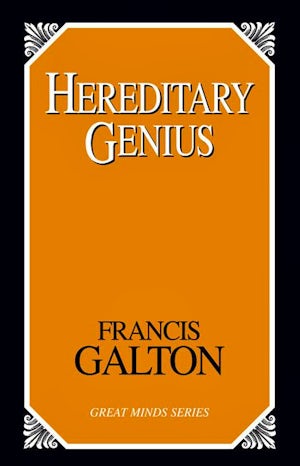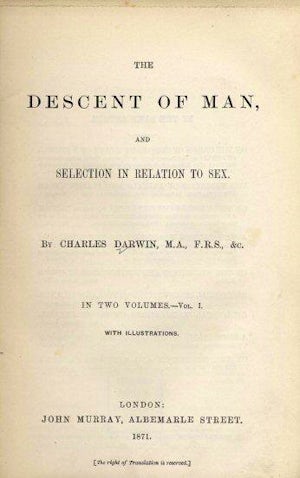William E. Castle Publishes Genetics and Eugenics: A Textbook for Students of Biology and a Reference Book for Animal and Plant Breeders
1916. American geneticist William E. Castle, who served on the Eugenics Record Office's board at its founding, publishes Genetics and Eugenics: A Textbook for Students of Biology and a Reference Book for Animal and Plant Breeders. This volume became the most widely used college text on the subject of genetics of its time.
Castle served as a professor in Harvard at the early turn of the 20th century, where he also used fruit flies for his work, setting a precedent for genetic studies for generations thereafter. His textbook, Genetics and Eugenics, was largely based on the content of his lectures in genetics, and the bibliography contains most of the works Castle recommended to his graduate students (Provine, 1989). At the time of its publication, the work was considered the most comprehensive (in English) (Provine, 1989).
The book contained chapters focused on evolution and heredity, particularly Mendelian heredity (Provine, 1989). It also explored Galton's laws of ancestral heredity, and a chapter on inbreeding or crossbreeding (Provine, 1989). Castle also included a section on eugenics, which was considered "conservative throughout, but particularly sound in its treatment of Mendelism in man" (Journal of Heredity, p.33 as cited in Provine, 1989, 69). The book also included an appendix which was Mendel's paper on peas, as translated by the Royal Horticultural Society (Provine, 1989).
Other textbooks published around this same time focused on similar subjects included Variation, Heredity, and Evoluation by R. H. Lock, Mendel's Principles of Heredity by Bateson, Mendelism by Punnett, Genetics by H. E. Walter, and The Mechanism of Mendelian Heredity by Morgan, Muller, Sturtevant, and Bridges. Theories of evolution, and its potential impacts on humans, was a popular subject among scientists at the time.
-Colette Leung and Amy Dyrbye
Provine, W. B. (1989). Sewall Wright and Evolutionary Biology. Chicago: University of Chicago Press.
 1869:
Galton publishes Hereditary Genius
1869:
Galton publishes Hereditary Genius
 1871:
Charles Darwin publishes The Descent of Man
1871:
Charles Darwin publishes The Descent of Man